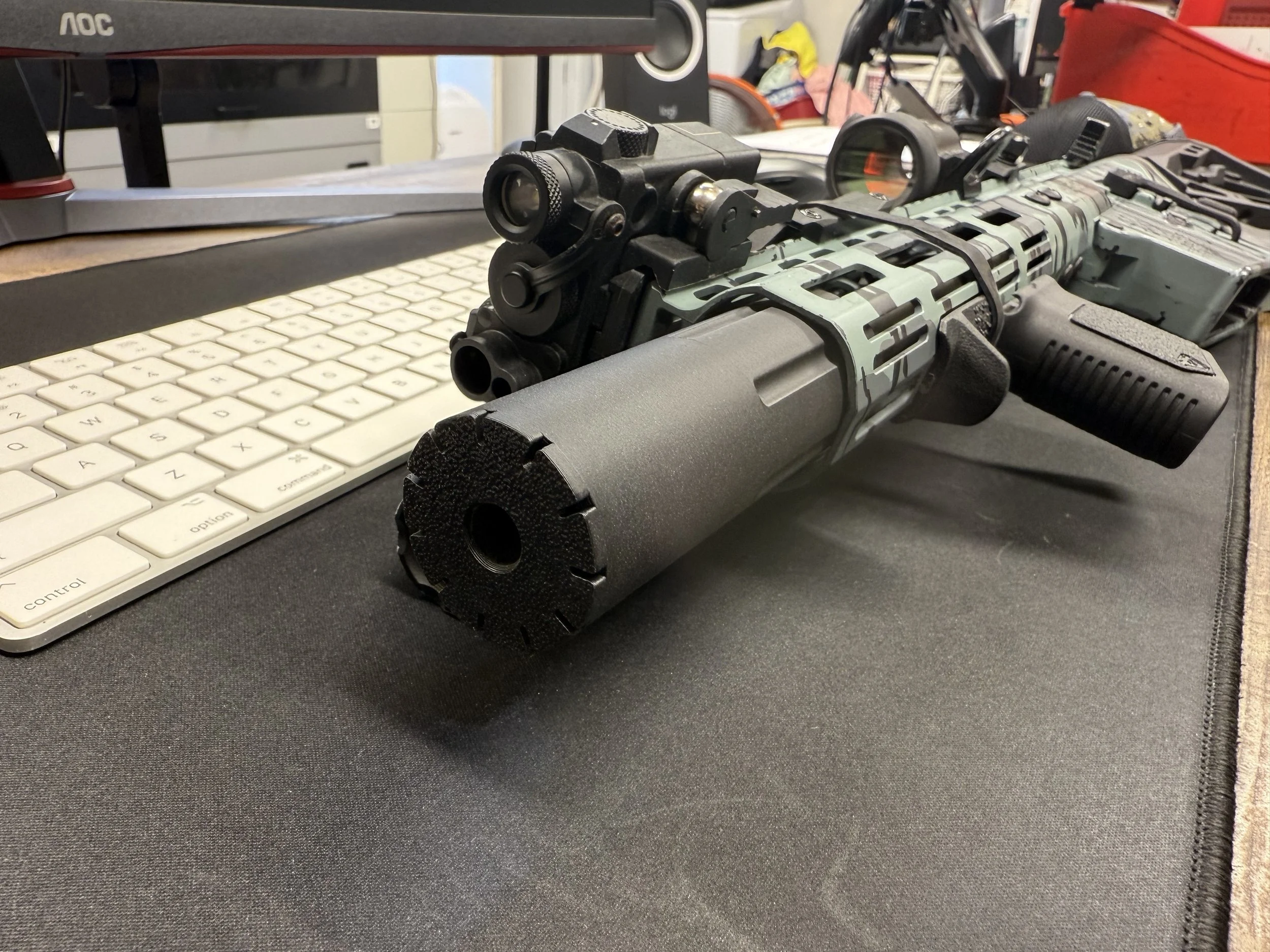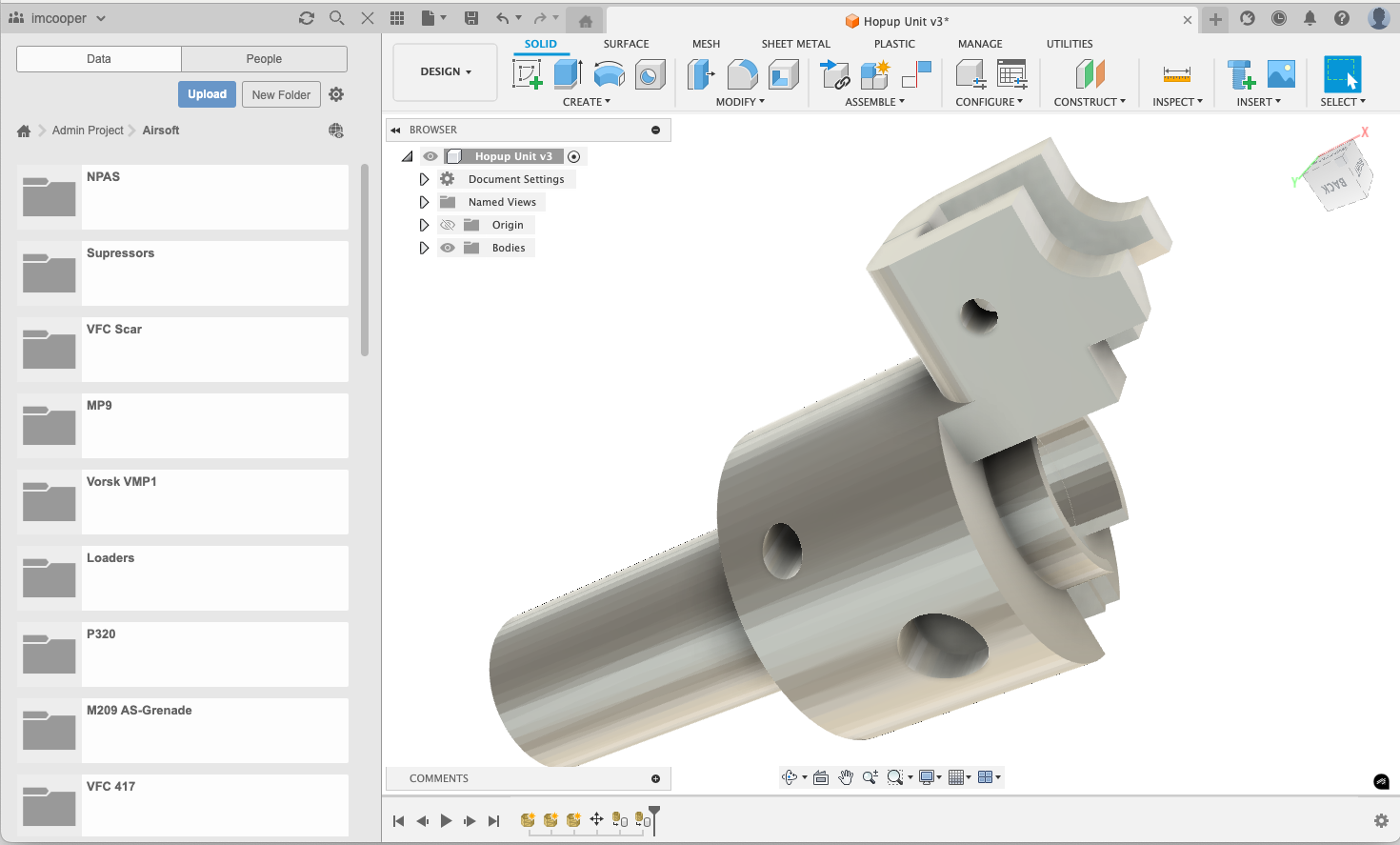
Custom 3D Printing for Airsoft Replicas
At Signature Lasers, we use advanced 3D printing techniques to create high-performance, custom parts for your airsoft replica. Whether you need a unique speed loader, reinforced internal components, or one-of-a-kind external mods, we design and print with precision to match your exact needs.
Using high-resolution printers and durable materials like PLA+, PETG, and nylon blends, we can prototype, test, and produce parts quickly—often with faster turnaround than traditional machining or injection molding. This means we can help you bring custom ideas to life, from functional upgrades to aesthetic enhancements, with incredible detail and reliability.
Our process includes:
Custom CAD design based on your requirements
Rapid prototyping to test fit and function
Material selection for strength, flexibility, or lightweight builds
Fine-tuned prints for tight tolerances and consistent performance
From hop-up spacers and trigger guards to mag adapters, rail covers, and more—if you can imagine it, we can build it.
Take your airsoft gear to the next level with parts that fit your play style and stand out on the field.
Iterative Prototyping
We can share CAD files or screenshots, and I can provide feedback or help you:
Automate repetitive tasks using Fusion 360’s scripting.
Convert between file types or prepare for 3D printing (e.g., STL optimization)
"Printing for prototyping" is the skill of using 3D printing to create physical models of a design—typically during early stages of product development—to test form, fit, and function before moving to full-scale manufacturing. Here's a breakdown of what this skill includes:
Problem-Solving and Design Thinking
Our understanding of engineering principles means we can go beyond the basics and:
Collaborate on design for manufacturability (DFM)
Explore parametric modeling techniques together
Use Fusion’s cloud collaboration to co-develop projects more efficiently
If you're ever stuck, I can help with technical documentation, scripting, feature walkthroughs, or even generating model examples.



